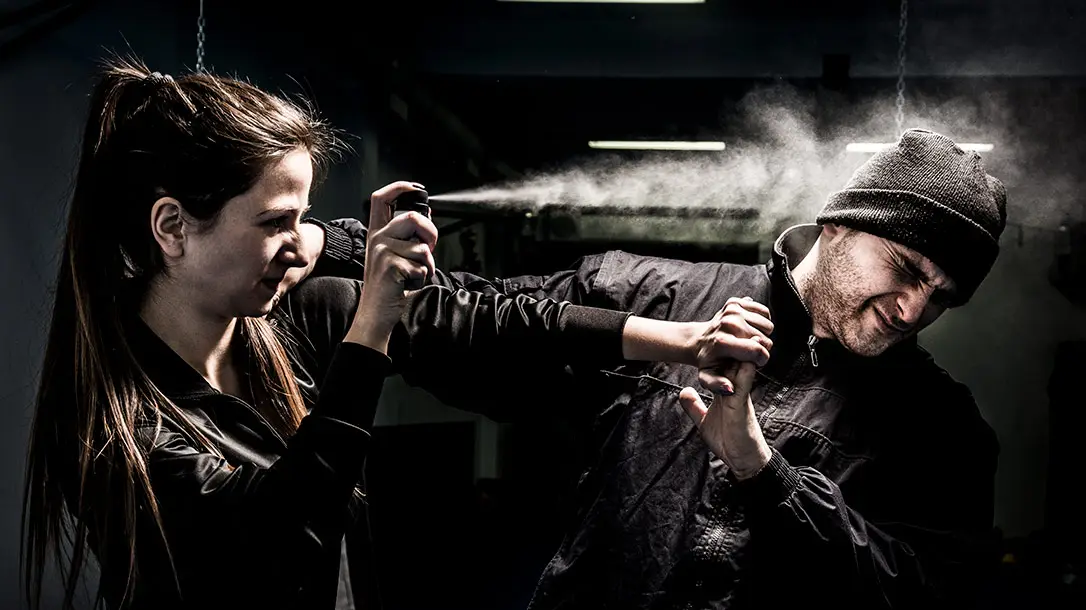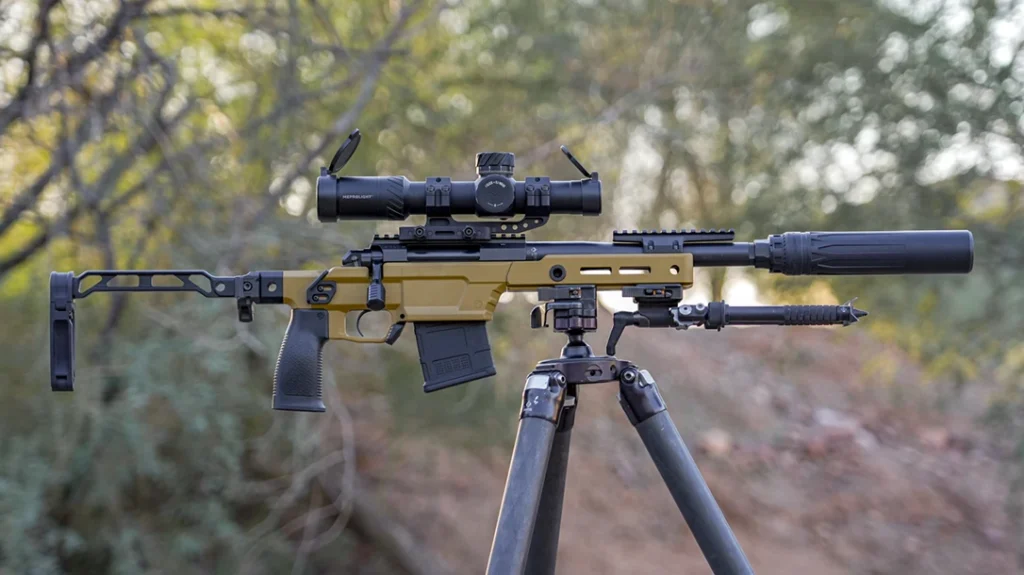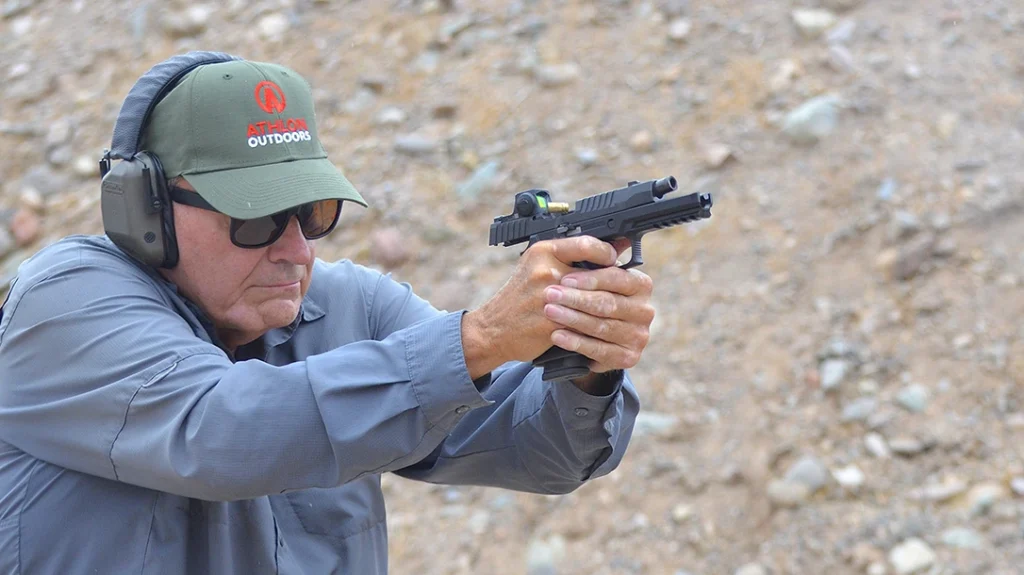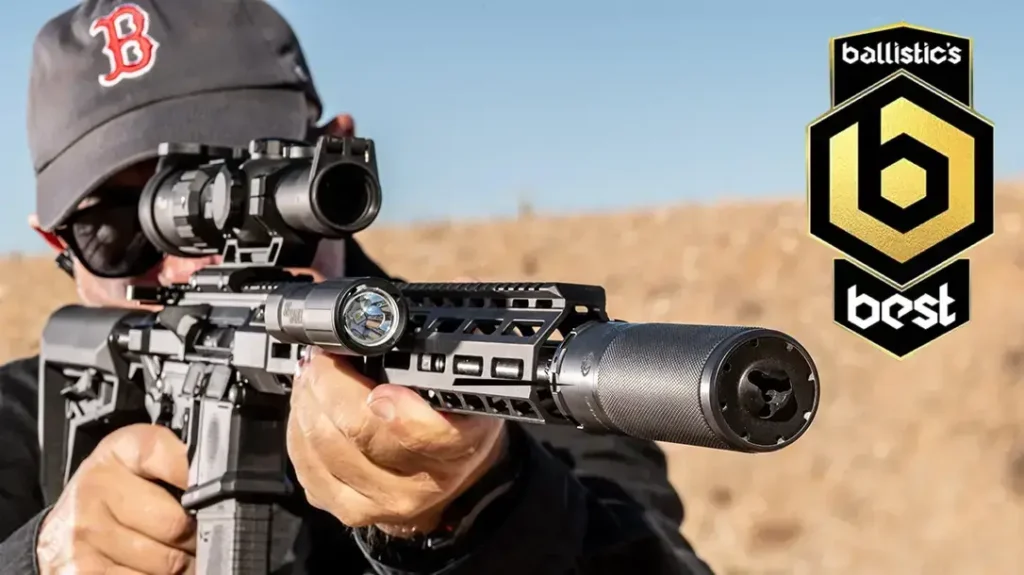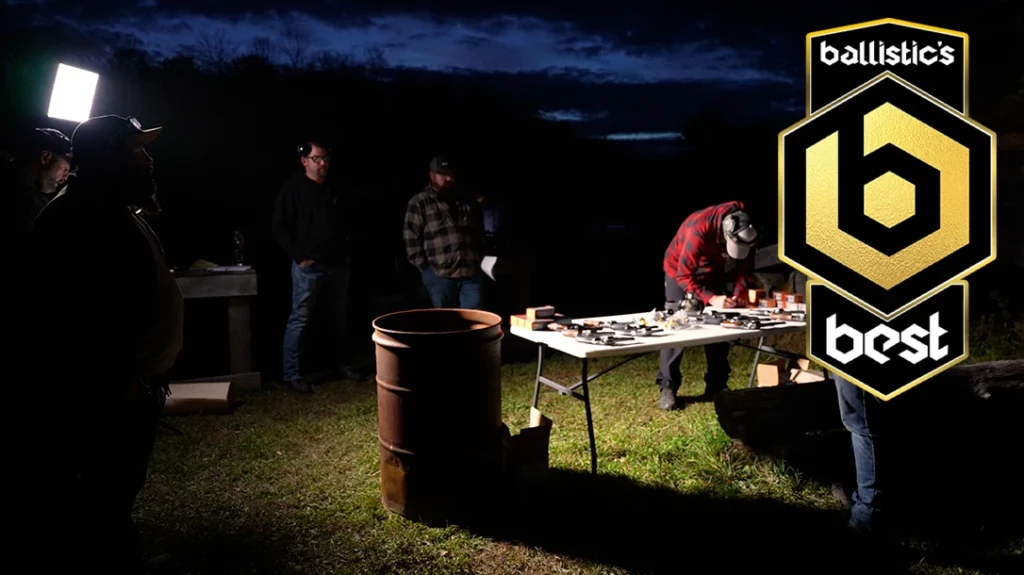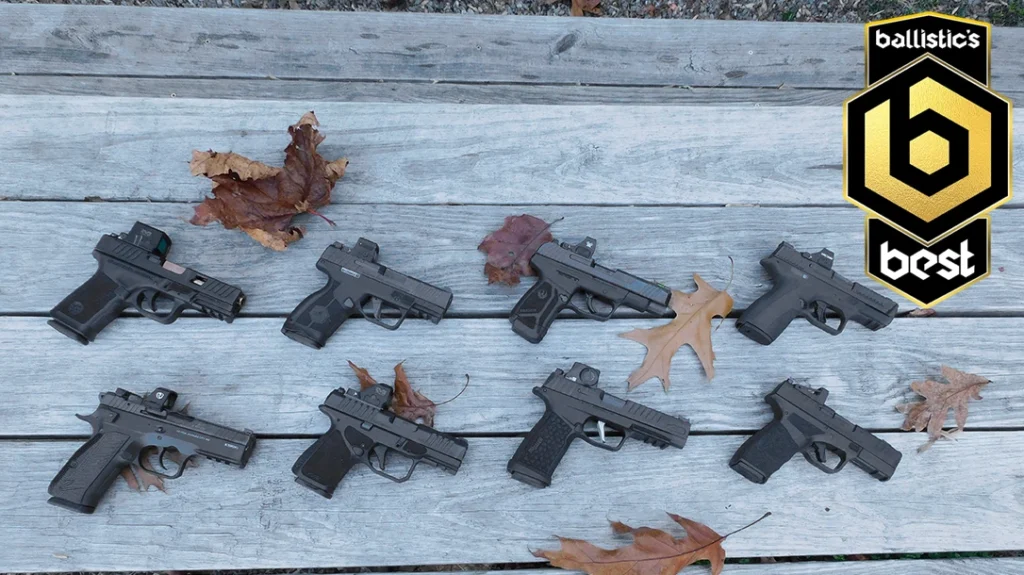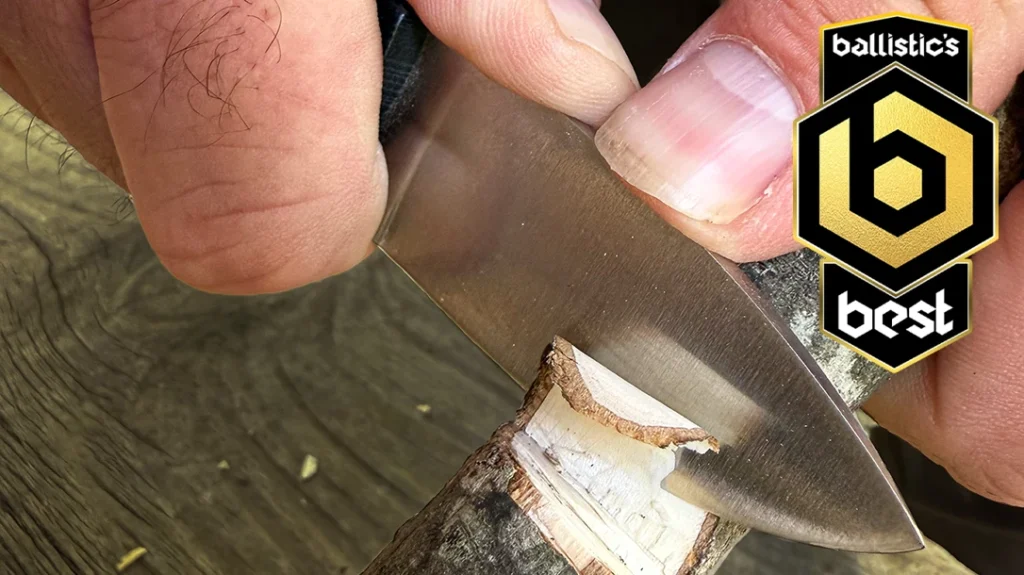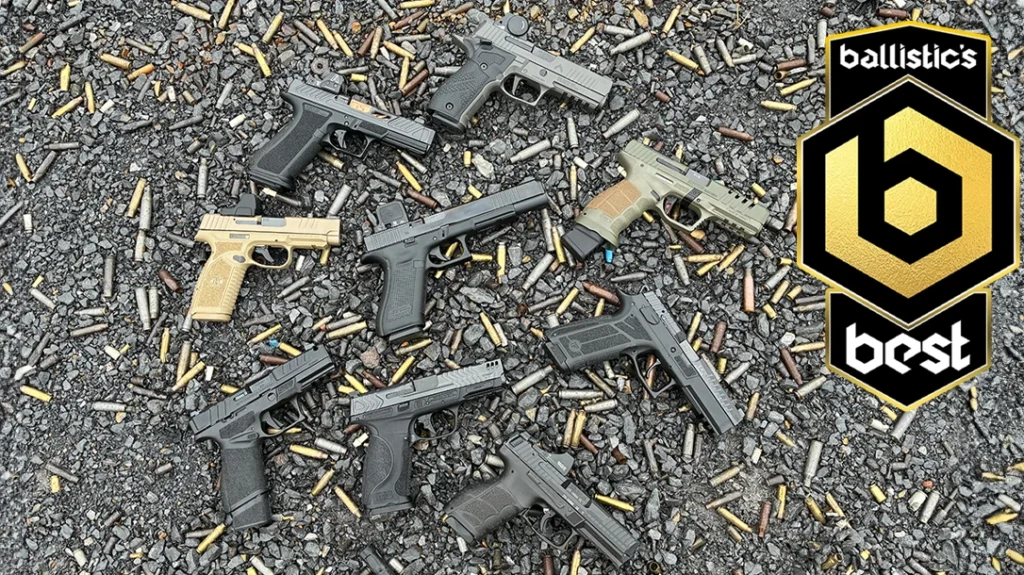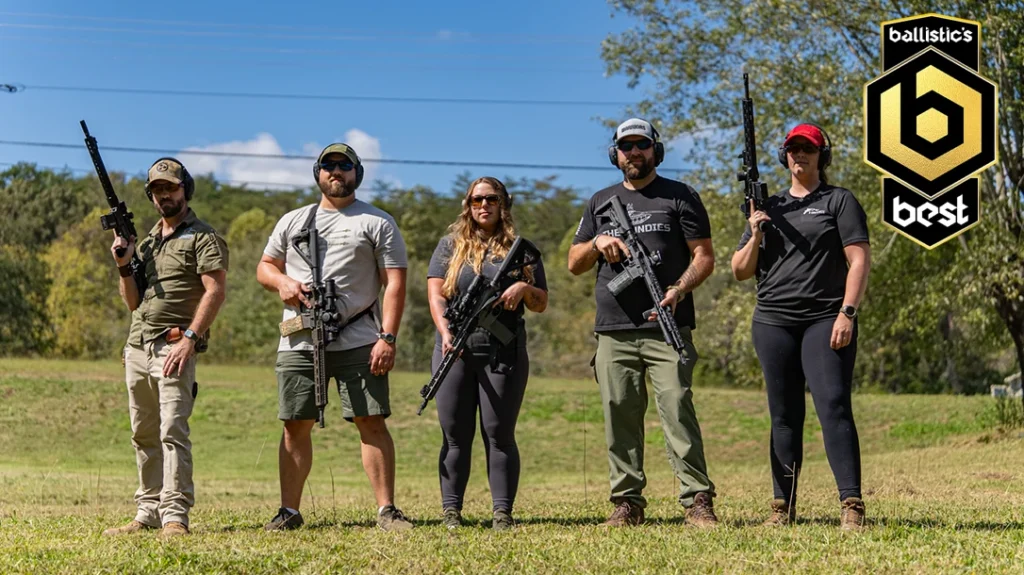Protecting yourself from people out to do you harm should be a top priority in today’s unpredictable world. You never know who may be watching you, following you home, or eyeing your valuables as you enjoy your day. Because of this, being ready for the unexpected is an absolute must. But how exactly do you do this? The fact is that there are plenty of misconceptions surrounding self-defense. Below are five debunked common self-defense myths that may do much more harm than good.
Debunked: 5 Self-Defense Myths Busted
1. Big Muscles Are All You Need
It’s true that a body rippling with muscles can be intimidating if/when you find yourself in a self-defense situation. However, it doesn’t guarantee that you’ll be victorious.
First, your opponent may be just as jacked as you. This puts you on an equal playing field. So, the fight comes down to either skill level, the element of surprise, the emergence of a weapon, or just plain luck.
Advertisement — Continue Reading Below
A skilled fighter can evade a muscled adversary’s strikes while landing his own strategic hits that affect vital areas (eyes, nose, throat, groin). Additionally, a knife, baton, or other handheld weapon can negate an opponent’s size or strength level.
An “in shape” body, excellent endurance, and experience in self-defense techniques are the trifecta of success to strive for.
2. Strangers Should Be Your Top Priority
“Stranger Danger” is taught at a young age. This phrase is tossed around when both children and adults are told to be highly cautious of strangers. But strangers aren’t the only concern.
Advertisement — Continue Reading Below
The vast majority of child abductions are committed by either the child’s family members or someone closely associated with the family. For adults, this fact is also true. Stalkers usually know the victims, and they may even be within their direct social circles.

Becoming infatuated with a person can lead to obsession. This can eventually lead them to commit violent crimes such as kidnapping, rape, or even murder in extreme cases.
Advertisement — Continue Reading Below
So, while it is crucial to be apprehensive of strangers, it is also good to be leery of people in your inner circle. This doesn’t mean to distrust your family and friends. But if you see warning signs or questionable behavior, don’t ignore it simply because they are family or a friend.
3. Keychain-Style Weapons Are Highly Effective
These self-defense weapons—and I use the word weapon very loosely with some available options—are not always as effective as you may think. First, you need to understand that the majority of keychain-hanging weapons are just novelty or useless junk.
These ineffective weapons are usually constructed of weak plastic, have a multitude of cumbersome bells and whistles, and contain low-quality components (like weak LED lights) or “watered-down” ingredients (found in pepper sprays).
Advertisement — Continue Reading Below
There are higher-quality keychain weapons like a kubaton, stun gun, or spray. However, it is important that you learn and understand the weapon to increase its effectiveness. Likewise, training with an inert version will help ensure that you are proficient with it when you need it.
Too often, people will put the item onto their keychain and instantly feel confident. But without prior practice, you can find yourself in a worse situation. For example, you may be slow or clumsy retrieving it. Likewise, you may handle it improperly and ineffectively or even lose it to your attacker.
If you choose to carry such a weapon, select a quality item and get the proper training before adding it to your overloaded keyring.
Advertisement — Continue Reading Below
4. A Black Belt Guarantees Your Safety
Earning a black belt is, without a doubt, a fantastic achievement. It takes a person years of steady, determined practice to master a martial art and earn the black belt. However, a black belt doesn’t guarantee success in a physical conflict. This is due to a few distinct reasons.
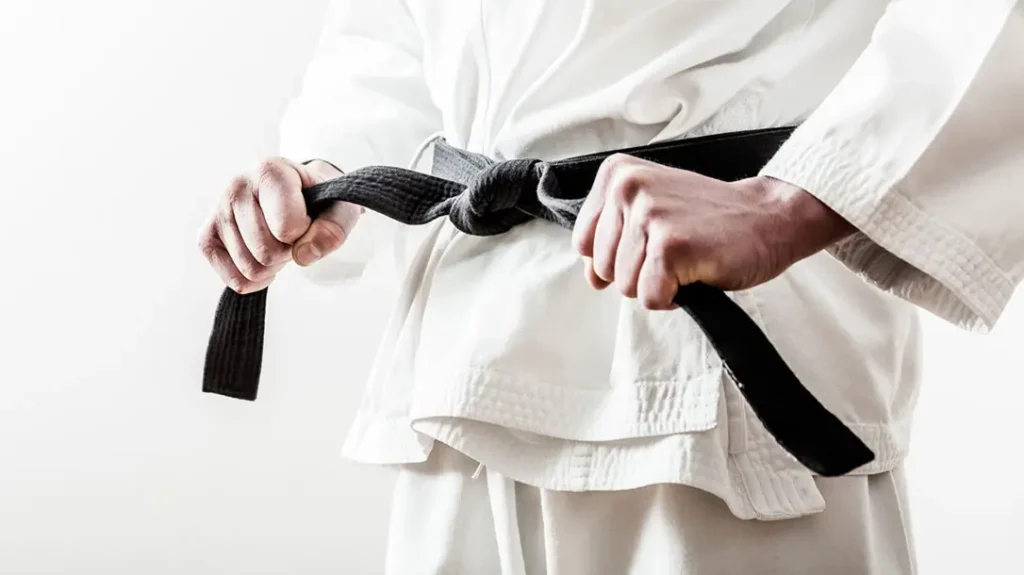
First, not all martial arts are self-defense-oriented. Some focus on sport, some on philosophy, and some on forms and competitions. These areas do not apply well to self-defense situations. Practitioners in these specialties will get a painful wake-up call if push comes to shove with an aggressor.
Advertisement — Continue Reading Below
Additionally, a black belt in a combat-based martial art doesn’t automatically make you unbeatable. Lack of real-life experience and practicing for years in a controlled environment like a dojo can give the black belt holder a false sense of security.
Anything goes in the streets. However, in a dojo, there are rules and procedures that are followed. It’s these restrictions that can hamper a black belt’s chances of winning a “no-holds-barred” fight.
5. Playing Dead During an Active Shooter Event Is Best
If you can run away from an active shooter event rather than staying and playing dead, you’re better off running. It’s not easy to hit a randomly moving target and that’s where you’ll gain the advantage.
Advertisement — Continue Reading Below
Run as fast as possible and with quick random movements so the shooter can’t easily track you. As you get further away, the chances of him or her hitting you greatly decrease. Also, make sure that you have an escape route in mind. Make a plan and work the plan.

Do Your Research
The bottom line regarding self-defense is not to blindly accept tips, techniques, or tactics without doing your homework. Then, you can make your own conclusions about their effectiveness.
Advertisement — Continue Reading Below
There are excellent handheld weapons on the market. Likewise, defense-oriented martial arts and gym programs can help add to your self-defense toolbox. The key is to sort out fact from fiction to increase your chances of making it home safely each day.
